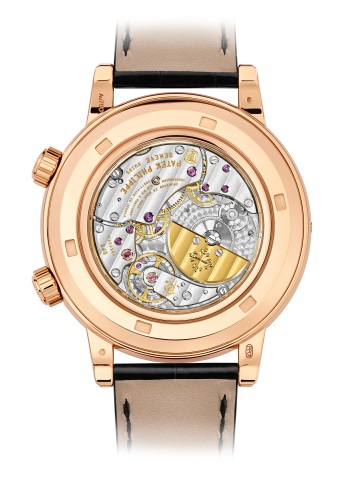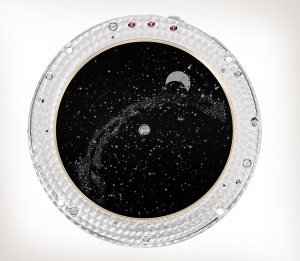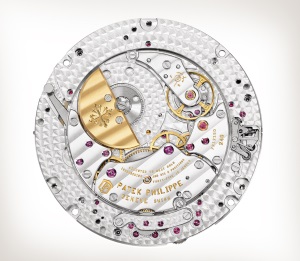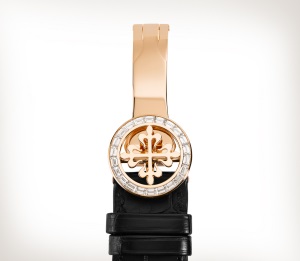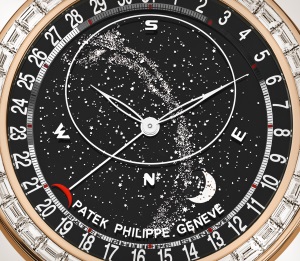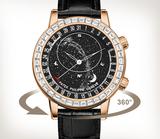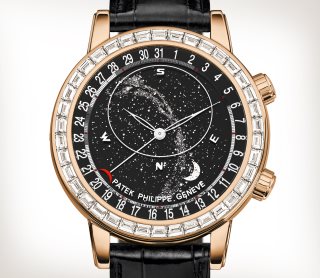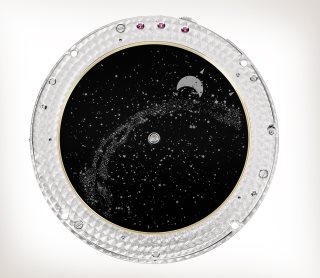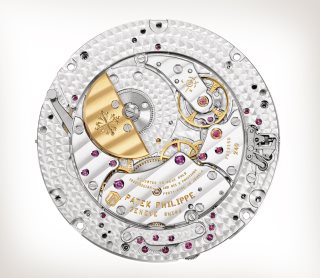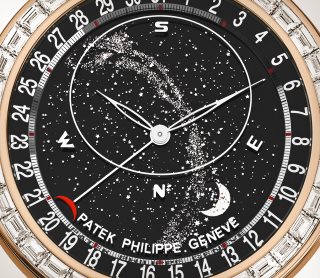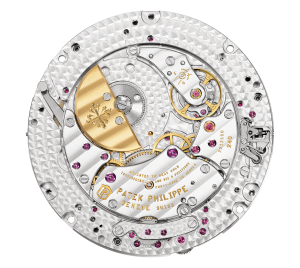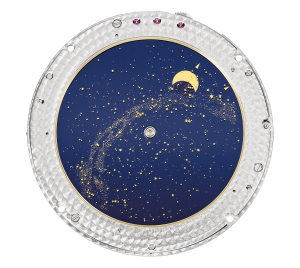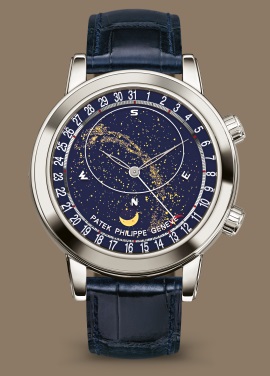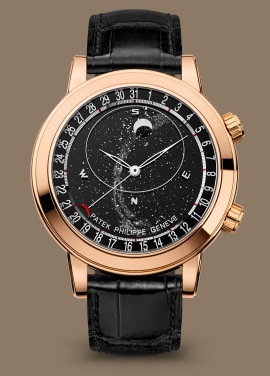Introduction
6104R
-
Grand Complications
Self-winding
Highlighting Patek Philippe’s great tradition of astronomical watches, the Celestial devotes its dial to a rotating chart of the heavenly bodies. At any time, its owner may admire the exact configuration of the nocturnal sky in the northern hemisphere, with the apparent movement of the stars and the phases and orbit of the moon. Two skeletonized hands point to the hours and minutes of mean solar time. An Ellipse, deposited on the underside of the sapphire glass, frames the portion of the sky visible from Geneva and all other cities located at the same latitude.
